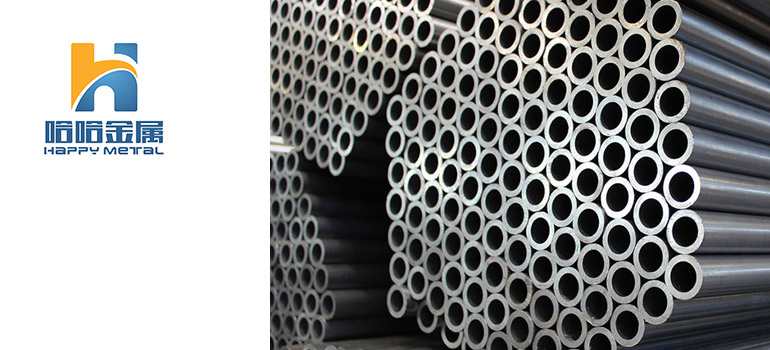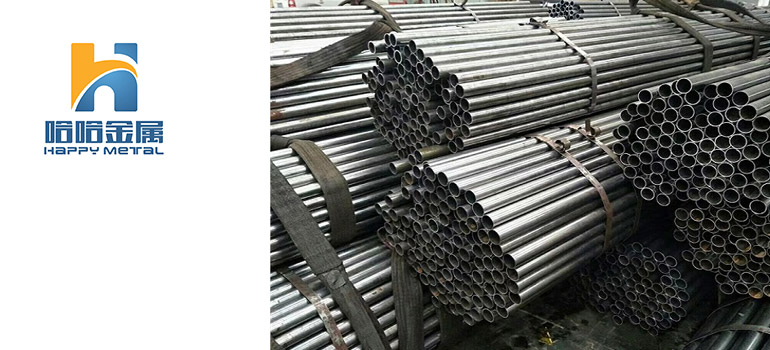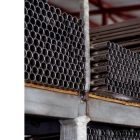Summary:
From Construction to Automotive: How Cold Rolled Steel Pipe is Transforming Industries Everywhere!
What is Cold Rolled Steel Pipe?
Applications of Cold Rolled Steel Pipe
Advantages and Disadvantages of Cold Rolled Steel Pipe
If you’ve ever worked in an industry that relies on steel pipes, you know that not all steel pipes are created equal. One type of steel pipe that’s been gaining popularity in recent years is cold-rolled steel pipe. It offers a range of benefits over other types of steel pipes, including increased strength, durability, and resistance to corrosion.
But what exactly is cold rolled steel pipe, and why is it so special? In this article, we’ll take a closer look at what it is, how it’s made, and why it’s become such a popular choice for a wide range of industries. We’ll also explore its various applications, and compare and contrast it with other types of steel pipes to help you understand the pros and cons of each option.
Whether you’re a construction professional looking for a stronger, more durable material for your projects, or a manufacturing specialist looking to streamline your processes and reduce costs, this could be the solution you’ve been searching for. So let’s dive in and discover the secrets of this powerful, versatile material.
What is Cold Rolled Steel Pipe?

Steel pipes are used in a wide variety of industries, from construction and infrastructure to automotive and manufacturing. But not all steel pipes are the same…
Cold-rolled steel pipe is a unique type of steel pipe that offers a range of benefits over other types of steel pipes.
At its most basic level, it is a steel pipe that has been processed through a cold rolling machine. This machine applies pressure to the steel, causing it to be shaped and strengthened in a particular way.
The result is a steel pipe that is stronger, more durable, and more resistant to corrosion than other types of steel pipes.
The process of cold rolling involves passing the steel through a series of rollers at room temperature, which applies pressure and reshapes the steel.
This process not only strengthens the steel but also improves its surface finish and dimensional accuracy. The cold rolling process causes the steel to become denser, which leads to increased strength and durability.
Additionally, cold rolling removes impurities from the steel, resulting in a cleaner and more uniform material. Overall, the process of cold rolling plays a crucial role in the properties of this type of steel pipe, providing it with the unique characteristics that make it ideal for a variety of applications.
This process results in a highly versatile material that offers a range of benefits over other types of steel pipes. From increased strength and durability to a smoother surface finish and greater resistance to corrosion, it is a valuable option for a wide variety of industrial applications.
Applications of Cold Rolled Steel Pipe
Here are some of the most common applications of cold rolled steel pipe:
Construction and Infrastructure: This type of steel pipe is often used in construction and infrastructure projects due to its strength and durability. It can be used in everything from building supports and beams to water and gas pipelines.
Automotive Manufacturing: It is also commonly used in automotive manufacturing, where its strength and corrosion resistance make it ideal for parts such as exhaust systems, suspension components, and chassis frames.
Manufacturing: Many other types of manufacturing industries also rely on this type of steel pipe, including aerospace, electronics, and appliance manufacturing. It can be used in everything from conveyor systems to heat exchangers and more.
Oil and Gas: The oil and gas industry also commonly uses it for pipelines, drilling equipment, and other applications where strength and durability are critical.
Overall, its versatility makes it an excellent choice for a wide variety of industrial applications. It’s proven itself as an ideal option for any project that requires a high-quality, reliable material.
Advantages and Disadvantages of Cold Rolled Steel Pipe
While cold-rolled steel pipe offers many advantages over other types of steel pipes, there are also some potential disadvantages to consider. Here are some of the main advantages and disadvantages of this type of steel pipe:
Advantages:
- Increased Strength: It is denser and more compact than other types of steel pipes, making it stronger and more durable.
- Improved Surface Finish: The cold rolling process gives this type steel pipe a smoother, more uniform surface finish than other types of steel pipes.
- Resistance to Corrosion: It is highly resistant to corrosion, making it ideal for applications where it will be exposed to moisture or other corrosive elements.
- Versatility: This material can be used in a wide variety of applications, from construction and infrastructure to automotive manufacturing and beyond.
Disadvantages:
- Cost: Cold rolled steel pipe can be more expensive than other types of steel pipes due to the additional processing required to produce it.
- Limited Sizes: It may not be available in as wide a range of sizes as other types of steel pipes, which could limit its use in some applications.
- Limited Shapes: It is typically only available in straight lengths, which could limit its use in applications that require more complex shapes or curves.
In conclusion, the cold-rolled steel pipe is a highly versatile and durable material that offers many advantages over other types of steel pipes. Its increased strength, improved surface finish, and resistance to corrosion make it an ideal choice for a wide variety of applications, from construction and infrastructure to automotive manufacturing and beyond.
While there are some potential disadvantages to consider, such as cost and limited sizing options, the benefits of using it often outweigh any drawbacks.
Ultimately, the decision to use this type of steel pipe will depend on the specific needs of your project and your budget constraints. However, by understanding its unique properties and applications, you can make an informed decision that will help ensure the success of your project.




